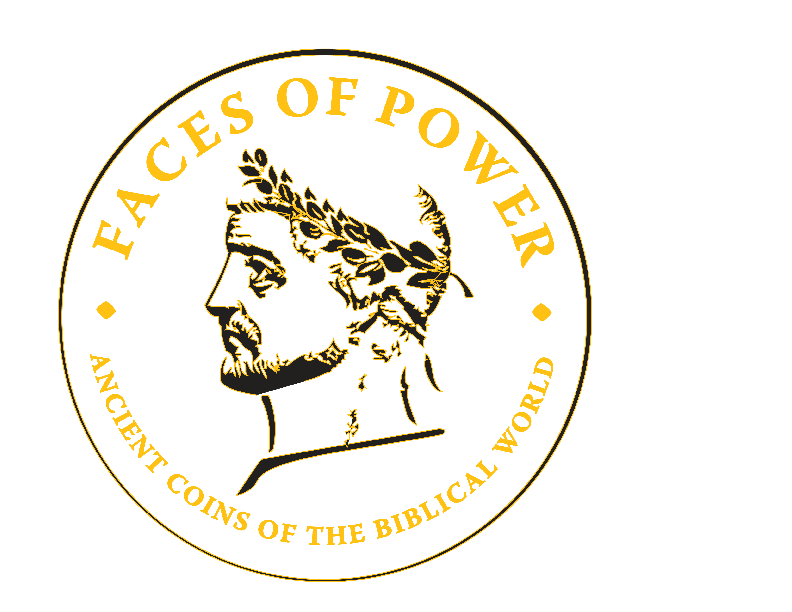
Faces of Power
Faces of Power: Ancient Coins of the Biblical World
Since their inception, coins have been much more than just money. Ancient coins, like
today’s currency, symbolize monetary, political, and cultural power. Bearing the identifying
image or emblem of the emperor who issued them, coins established his legitimacy as
the supreme authority, advertised his image throughout his empire, and broadcasted
his greatest accomplishments. Circulating farther and longer than the best newspaper,
coins effectively carry their message long after their issuer is gone, connecting
us to the rich tapestry of our past.
The Julio-Claudian family was the first imperial dynasty of Rome. Under their rule,
Rome reached a new pinnacle of power and prosperity—the Pax Romana. These emperors
capitalized on the power of coins to portray an image or transmit an idea. Imperial
portraiture on coins made the Julio-Claudians international celebrities. More than
mere self-aggrandizement, coin iconography commemorated significant historical events—military
victories, building projects, official appointments, death, and deification. Coins
became snapshots of history.
Coins tell powerful stories. No one understood this better than Jesus. In stark contrast
to the Roman emperors, Jesus used coins to teach the message of the Kingdom of Heaven.
The parables Jesus told through coins were more memorable than all of the great accomplishments
of Rome.
The exhibition featured a prominent display of coins from the Persian, Hellenistic/Greek,
and Roman periods of antiquity, and was on display from October 2008 to May 2009.







